Home>Storage & Organization>Decluttering Tips & Tricks>Where To Start To Declutter Your Home
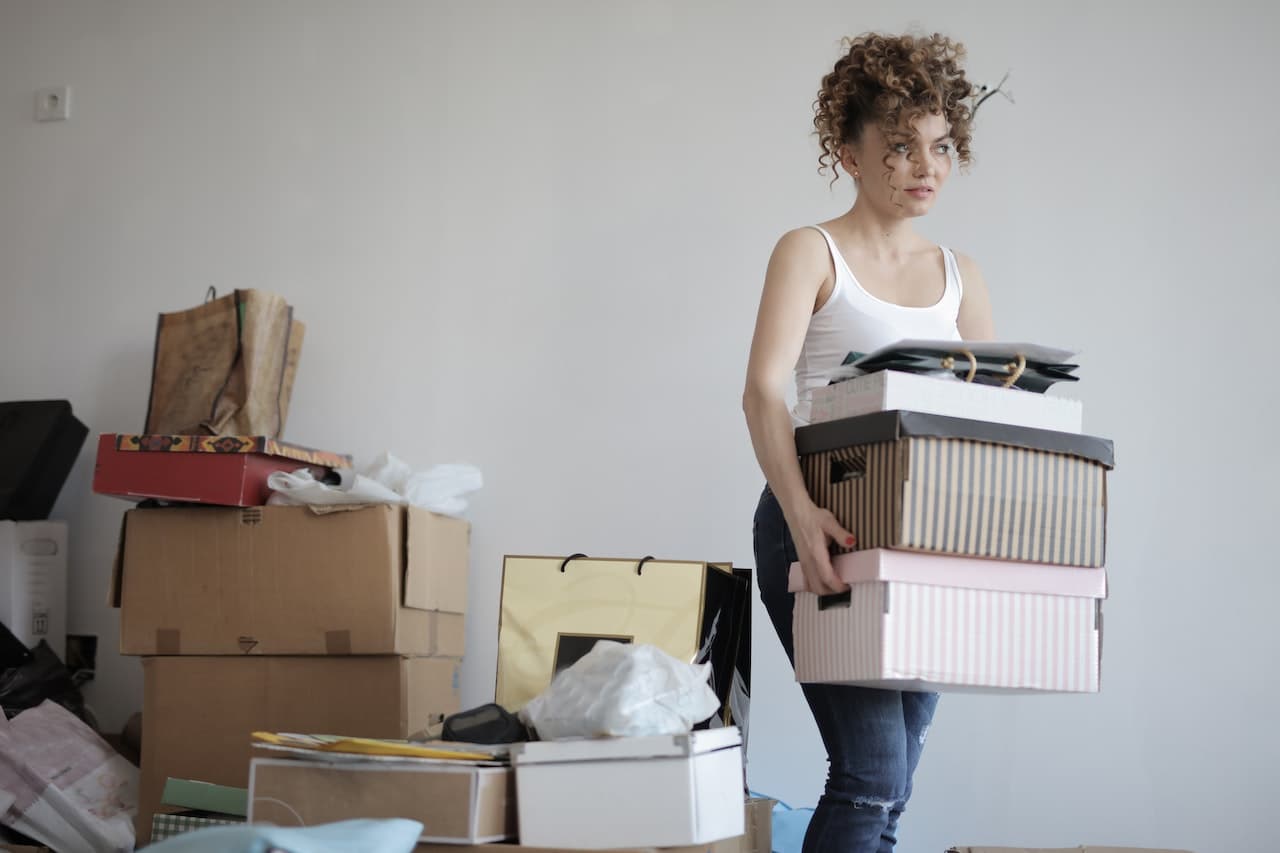

Decluttering Tips & Tricks
Where To Start To Declutter Your Home
Modified: August 20, 2024
Discover effective decluttering tips and tricks to start organizing your home. Get expert advice on where to begin and how to make the process easier.
(Many of the links in this article redirect to a specific reviewed product. Your purchase of these products through affiliate links helps to generate commission for Storables.com, at no extra cost. Learn more)
Introduction
Welcome to the journey of decluttering your home! Whether you're feeling overwhelmed by the chaos of your living space or simply seeking a more organized and serene environment, embarking on the path to decluttering can be both liberating and transformative. By systematically clearing out the excess and streamlining your surroundings, you can create a harmonious and functional living space that nurtures your well-being.
Decluttering is not just about tidying up; it's a process that can positively impact your mental and emotional state. Studies have shown that a cluttered environment can contribute to stress, anxiety, and a sense of feeling overwhelmed. Conversely, a well-organized space can promote a sense of calm, clarity, and productivity.
In this comprehensive guide, we'll explore practical tips and strategies to help you navigate the decluttering process with confidence and efficiency. From assessing your space to establishing clear goals, sorting and categorizing your belongings, and maintaining a clutter-free home, each step is designed to empower you in reclaiming your living space and creating a sanctuary that reflects your values and aspirations.
So, roll up your sleeves, embrace a can-do attitude, and let's dive into the art of decluttering. It's time to bid farewell to the chaos and welcome a renewed sense of harmony and balance into your home.
Key Takeaways:
- Start small and set achievable goals to declutter your home. Focus on one area at a time and embrace the “one in, one out” rule to build momentum and feel empowered.
- Maintain a clutter-free home by establishing daily routines, adopting mindful consumption, and implementing effective storage solutions. Cultivate a clutter-conscious mindset for ongoing harmony and order.
Read more: Where To Start Home Renovations
Assessing Your Space
Before diving into the decluttering process, take a moment to assess your living space. This step is crucial in gaining a comprehensive understanding of the areas that require attention and the specific challenges you may encounter along the way.
Start by walking through each room in your home with a fresh perspective. Take note of areas that tend to accumulate clutter, such as countertops, closets, and storage spaces. Identify any items that are consistently out of place or unused. Pay attention to the flow of each room and consider how decluttering could improve the functionality and visual appeal of the space.
As you assess your space, ask yourself the following questions:
- What are the primary clutter hotspots in each room?
- Which items contribute to the clutter, and are they essential or superfluous?
- How does the current organization (or lack thereof) impact the overall functionality and aesthetics of the space?
- What are the specific goals you hope to achieve through decluttering each area?
By critically evaluating your living space, you can pinpoint the areas that require the most attention and develop a clear vision for the transformation you aim to achieve. This initial assessment sets the stage for an organized and strategic approach to decluttering, enabling you to tackle each area with purpose and clarity.
Remember, decluttering is not solely about discarding items; it’s about curating a living environment that aligns with your lifestyle and promotes a sense of calm and order. With a thorough assessment in hand, you’re ready to embark on the next phase of the decluttering journey.
Setting Clear Goals
As you venture into the realm of decluttering, establishing clear and achievable goals is essential for maintaining focus and motivation throughout the process. Setting specific objectives provides a roadmap for your decluttering journey and empowers you to measure your progress along the way.
When defining your decluttering goals, consider the following aspects:
- Identify Priorities: Determine the areas or rooms in your home that require immediate attention. Whether it’s a cluttered garage, overflowing closets, or a chaotic home office, prioritizing specific spaces allows you to allocate your time and effort effectively.
- Quantify Your Goals: Instead of setting vague goals such as “declutter the living room,” establish quantifiable targets like “reduce the number of books on the shelves by half” or “clear out unused kitchen utensils by 25%.” This approach provides clarity and measurability to your decluttering objectives.
- Embrace Realistic Expectations: Acknowledge the time and effort required to achieve your goals. Setting realistic expectations prevents feelings of overwhelm and frustration, allowing you to approach the decluttering process with a sense of empowerment and accomplishment.
Moreover, consider the broader impact of decluttering beyond the physical space. Reflect on the emotional and mental benefits you anticipate from creating a more organized and serene home environment. Whether it’s reducing stress, enhancing productivity, or fostering a greater sense of tranquility, aligning your goals with these aspirations adds depth and purpose to your decluttering journey.
By setting clear and meaningful goals, you lay the groundwork for a purposeful and transformative decluttering experience. These goals will serve as beacons of guidance, inspiring you to stay committed and celebrate the milestones as you progress toward a clutter-free and harmonious living space.
Starting Small
Embarking on a decluttering journey can feel overwhelming, especially when faced with a multitude of possessions and spaces requiring attention. To alleviate the pressure and build momentum, it’s beneficial to start small and gradually expand your decluttering efforts. By focusing on manageable tasks, you can experience tangible progress and cultivate a sense of accomplishment that fuels your motivation.
Consider the following strategies for initiating your decluttering process on a small scale:
- Begin with a Single Area: Select a specific area, such as a kitchen drawer, a closet shelf, or a bedside table, to declutter as your initial focus. Tackling a confined space allows you to concentrate your efforts and witness noticeable results in a relatively short time.
- Set a Time Limit: Dedicate a defined period, such as 15 or 30 minutes, to decluttering sessions. Working within a predetermined timeframe prevents burnout and encourages focused, efficient decision-making regarding the items in the designated space.
- Employ the “One In, One Out” Rule: As you declutter, consider implementing a rule where for every new item brought into your home, an existing item must be removed. This practice promotes mindful consumption and prevents future clutter accumulation.
Starting small not only eases you into the decluttering process but also cultivates a sense of empowerment as you witness the tangible impact of your efforts. Each small victory contributes to a growing sense of control and clarity, laying the foundation for expanding your decluttering endeavors to larger areas and more comprehensive projects.
Remember, the journey to a clutter-free home is a series of incremental steps, and every small triumph brings you closer to your ultimate goal of creating a harmonious and well-organized living space. Embrace the process with patience and determination, knowing that even the smallest actions contribute to meaningful change.
Sorting and Categorizing
As you delve into the decluttering process, sorting and categorizing your belongings is a pivotal step in gaining clarity and making informed decisions about what to keep, donate, or discard. This methodical approach enables you to assess each item purposefully and streamline your possessions based on their utility, significance, and relevance to your life.
Consider the following strategies for effective sorting and categorization:
- Establish Clear Categories: Create distinct categories for your belongings, such as “keep,” “donate,” “discard,” and “undecided.” Sorting items into these categories provides a structured framework for evaluating their necessity and determining their fate.
- Utilize the Four-Box Method: Employ the four-box method, assigning separate containers for items to keep, donate, discard, and relocate. As you go through each area, place items into the corresponding boxes, ensuring a systematic and organized approach to decluttering.
- Consider Utility and Emotional Value: Assess each item based on its practical use and emotional significance. Items that serve a functional purpose or hold sentimental value may warrant a place in your keep category, while those with no tangible benefit or emotional attachment may find a new home through donation or disposal.
Furthermore, as you sort through your possessions, consider the concept of minimalism and intentional living. Embracing a mindset of intentional consumption and mindful ownership can guide your decision-making process, encouraging you to retain only those items that truly enhance your life and align with your values.
Remember, the goal of sorting and categorizing is not to hastily discard belongings but to thoughtfully curate your environment, ensuring that the items you choose to keep enrich your daily life and contribute to a clutter-free, harmonious home. By approaching this process with mindfulness and purpose, you lay the groundwork for a transformative decluttering experience.
Start with one small area at a time, like a drawer or a shelf. Sort items into keep, donate, and discard piles. This will make the process more manageable and less overwhelming.
Creating a Plan
Formulating a comprehensive plan is instrumental in guiding your decluttering journey and ensuring a systematic and efficient approach to transforming your living space. A well-crafted plan serves as a roadmap, outlining the specific areas to address, the strategies to implement, and the milestones to achieve along the way.
Consider the following steps when creating your decluttering plan:
- Prioritize Areas of Focus: Identify the rooms or zones in your home that require decluttering, and establish a sequence for addressing them. Whether it’s starting with high-traffic areas like the living room and kitchen or targeting storage spaces such as closets and cabinets, prioritizing your focus enables you to allocate your time and energy effectively.
- Set Achievable Milestones: Break down your decluttering goals into manageable milestones. Whether it’s decluttering one room per week or clearing out specific categories of items within a designated timeframe, setting achievable milestones fosters a sense of progress and accomplishment throughout the process.
- Allocate Dedicated Time Slots: Schedule dedicated decluttering sessions in your calendar, ensuring that you allocate sufficient time to focus on each area without feeling rushed or overwhelmed. Consistent and structured time slots provide the necessary framework for making meaningful strides in your decluttering efforts.
Moreover, consider incorporating strategies for maintaining a clutter-free environment once the initial decluttering is complete. This may involve establishing daily habits for tidying and organization, implementing storage solutions to prevent future clutter accumulation, and fostering a mindset of mindful consumption and intentional living.
By creating a well-defined plan, you empower yourself to approach the decluttering process with purpose, clarity, and a sense of direction. Each step outlined in your plan serves as a guidepost, propelling you toward the realization of a harmonious and well-organized living space that reflects your values and aspirations.
Getting Rid of Clutter
Once you’ve assessed your space, set clear goals, and established a plan, the next crucial step in the decluttering process is effectively parting ways with the items you’ve identified as excess or unnecessary. Getting rid of clutter involves deliberate decision-making, responsible disposal, and mindful consideration of the impact each item has on your living environment.
Consider the following strategies for effectively eliminating clutter:
- Embrace the “One-Touch” Rule: When sorting through items, aim to make decisions about their fate with a “one-touch” approach. Avoid shuffling items from one place to another or postponing decisions, and instead, determine their category (keep, donate, discard) upon initial assessment.
- Responsible Disposal and Donation: Items designated for disposal should be handled responsibly, considering eco-friendly disposal methods and recycling options whenever applicable. Likewise, items earmarked for donation should be in good condition and suitable for the intended recipients, contributing to meaningful causes and minimizing waste.
- Combatting Sentimental Attachment: Addressing items with sentimental value can be challenging. While it’s important to honor cherished memories, consider implementing a designated space for sentimental keepsakes, allowing you to preserve their significance without cluttering your everyday living areas.
Furthermore, as you part ways with clutter, reflect on the concept of mindful consumption and intentional living. Cultivating a mindset of conscious acquisition and thoughtful ownership can guide your decisions about the items you choose to keep and the impact they have on your living space and overall well-being.
Remember, the process of getting rid of clutter is not solely about creating physical space; it’s about fostering a sense of liberation and clarity within your living environment. Each item released from your possession contributes to a more streamlined, purposeful, and harmonious home, aligning with your decluttering goals and aspirations.
Maintaining a Clutter-Free Home
Successfully decluttering your living space is a significant achievement, but the journey doesn’t end there. Maintaining a clutter-free home requires ongoing dedication, mindful habits, and a proactive approach to organization and tidiness. By implementing sustainable practices and cultivating a clutter-conscious mindset, you can preserve the sense of harmony and order you’ve worked hard to achieve.
Consider the following strategies for sustaining a clutter-free environment:
- Establish Daily Routines: Incorporate short, daily tidying sessions into your routine to maintain order and prevent clutter from accumulating. By dedicating a few minutes each day to tidying up, you can prevent minor disarray from escalating into overwhelming clutter.
- Adopt a Mindful Consumption Mindset: Before acquiring new items, assess their utility and alignment with your lifestyle. Embrace intentional living by prioritizing quality over quantity and consciously considering the impact of new possessions on your living space.
- Implement Storage Solutions: Utilize effective storage solutions, such as bins, baskets, and organizational systems, to keep belongings neatly arranged and easily accessible. Thoughtful storage solutions contribute to a clutter-free environment by providing designated spaces for each item.
- Regular Maintenance and Review: Periodically review your possessions to ensure that clutter does not re-accumulate. Conducting regular assessments and decluttering sessions prevents the gradual buildup of unnecessary items and reinforces your commitment to a streamlined living space.
Moreover, fostering a clutter-conscious environment involves cultivating a mindset of mindfulness and intentionality in your daily interactions with your living space. By remaining attuned to the principles of minimalism and purposeful ownership, you can sustain a clutter-free home that reflects your values and promotes a sense of tranquility and well-being.
Remember, maintaining a clutter-free home is an ongoing practice that requires diligence and commitment. By integrating these strategies into your lifestyle, you can uphold the transformative impact of decluttering and continue to enjoy the benefits of a harmonious and organized living environment.
Conclusion
Congratulations on embarking on the transformative journey of decluttering your home! The process of decluttering extends far beyond tidying up; it’s a profound exploration of mindful consumption, intentional living, and the creation of a harmonious and well-organized living environment. As you navigate the various stages of decluttering, from assessing your space to maintaining a clutter-free home, you’ve embraced the opportunity to curate a living space that aligns with your values and aspirations.
Throughout this journey, you’ve harnessed the power of deliberate decision-making, responsible disposal, and purposeful organization to transform your living space into a sanctuary of tranquility and order. By setting clear goals, starting small, and systematically sorting and categorizing your belongings, you’ve laid the foundation for a clutter-free environment that nurtures your well-being and fosters a sense of clarity and purpose.
As you move forward, maintaining a clutter-free home requires ongoing dedication and a commitment to mindful habits and intentional living. By integrating daily routines, mindful consumption practices, and effective storage solutions into your lifestyle, you can preserve the transformative impact of decluttering and continue to enjoy the benefits of a streamlined and harmonious living space.
Remember, the journey to a clutter-free home is a continuous process, marked by small victories and meaningful transformations. Embrace the principles of minimalism, purposeful ownership, and mindful consumption as you navigate this path, and celebrate the profound impact of creating a living space that reflects your values and promotes a sense of tranquility and well-being.
With each deliberate action and mindful decision, you are crafting a living environment that honors simplicity, purpose, and the beauty of a clutter-free existence. Embrace this journey with patience, determination, and a steadfast commitment to cultivating a home that embodies harmony, balance, and the essence of intentional living.
Frequently Asked Questions about Where To Start To Declutter Your Home
Was this page helpful?
At Storables.com, we guarantee accurate and reliable information. Our content, validated by Expert Board Contributors, is crafted following stringent Editorial Policies. We're committed to providing you with well-researched, expert-backed insights for all your informational needs.

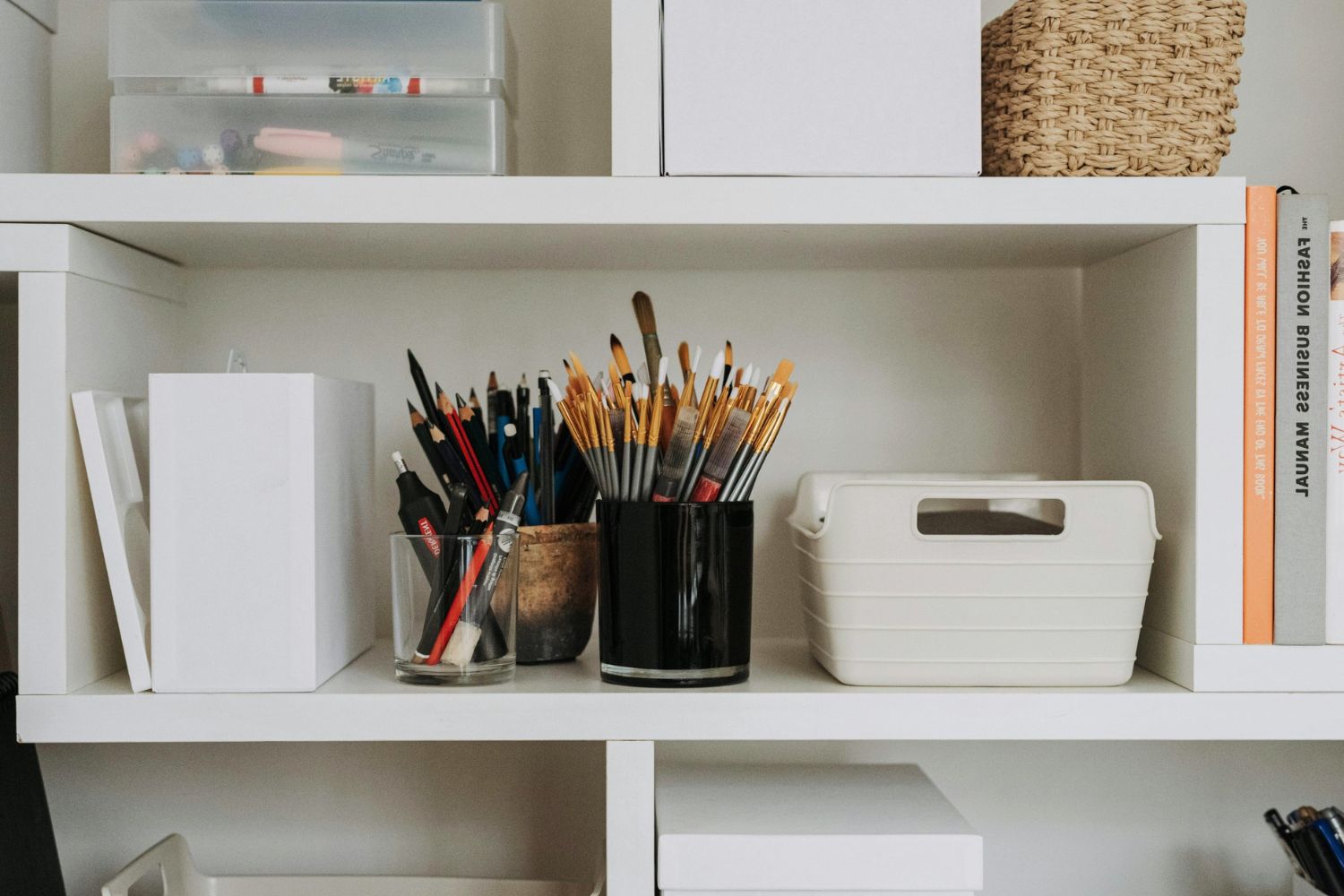

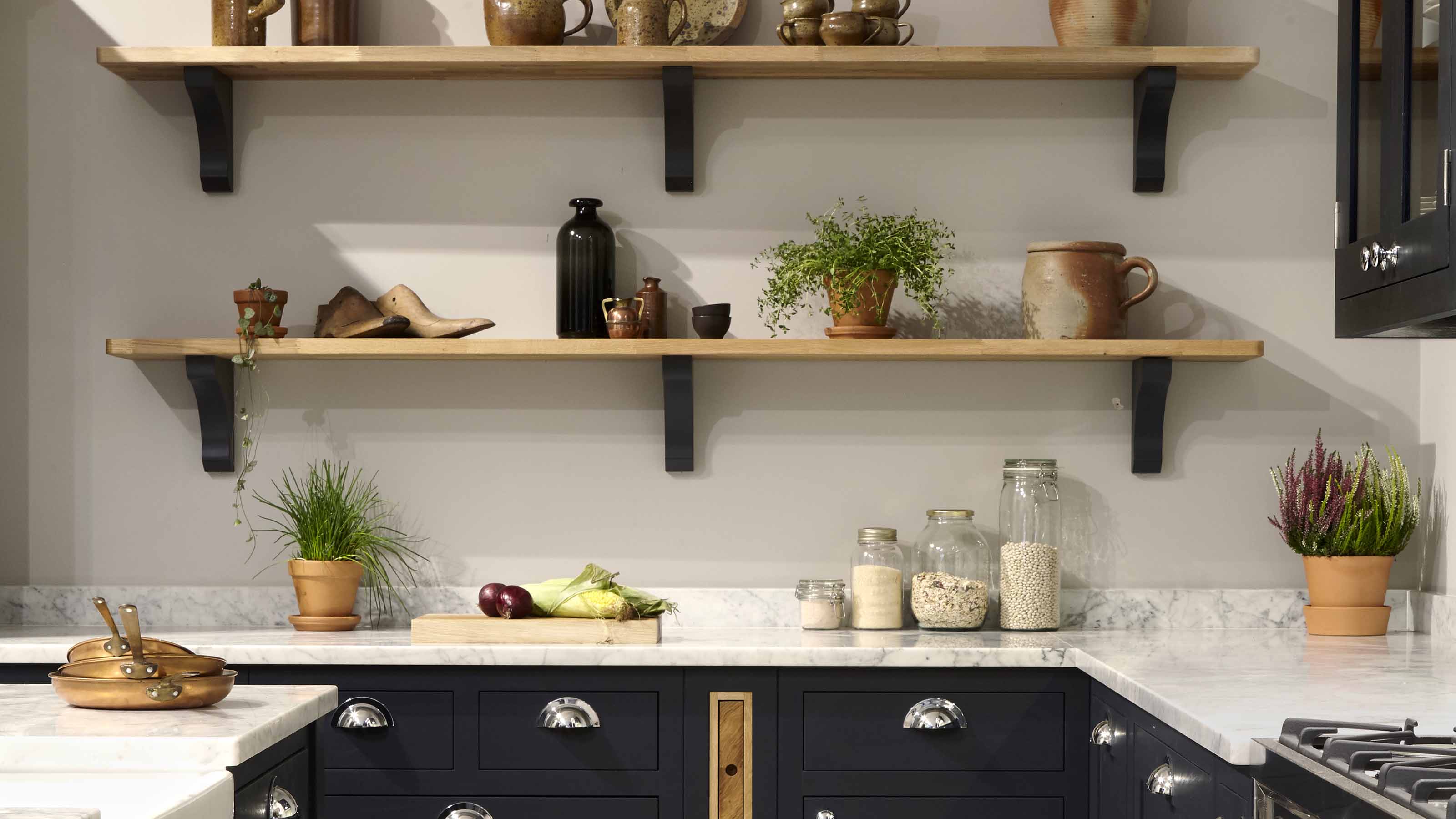
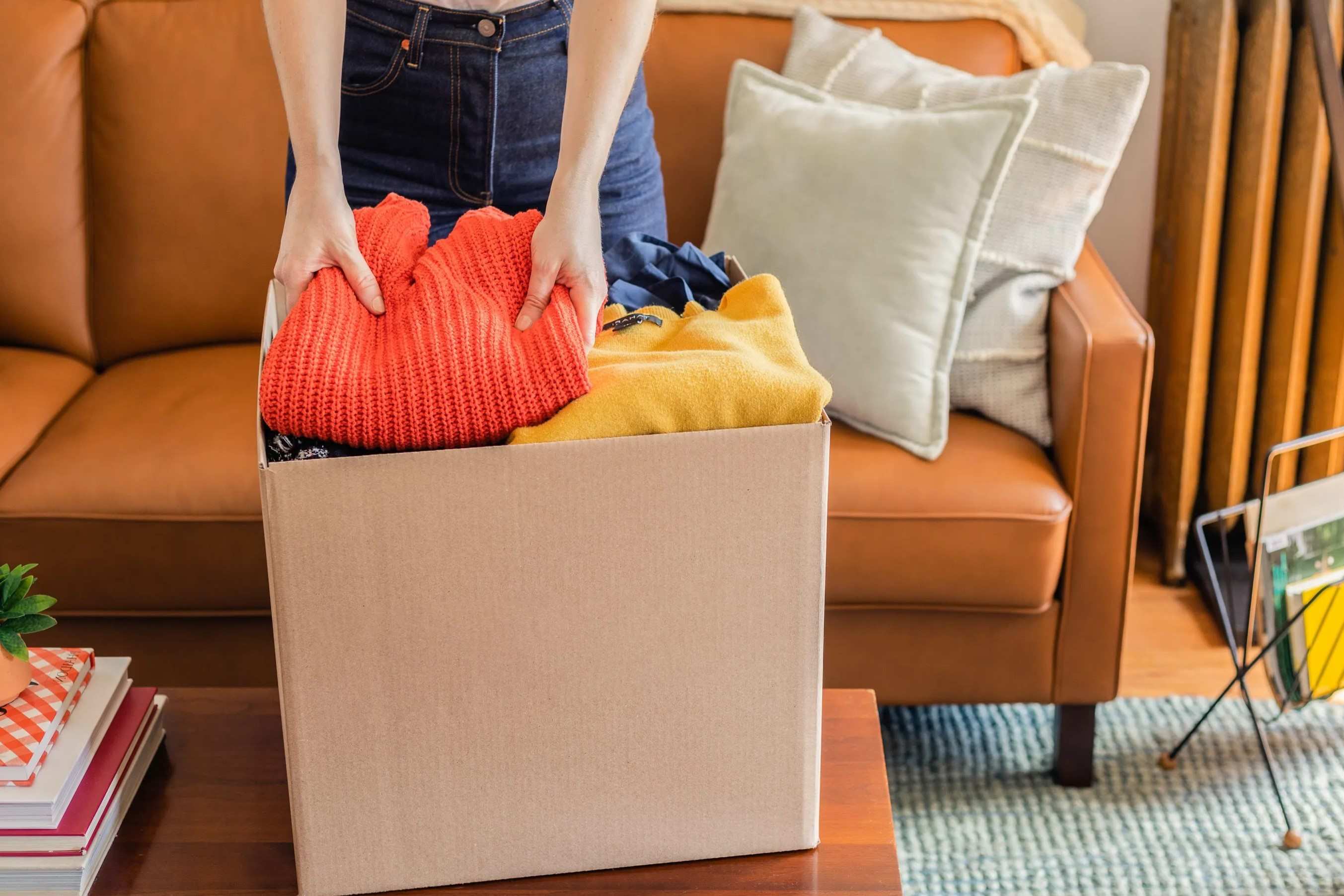
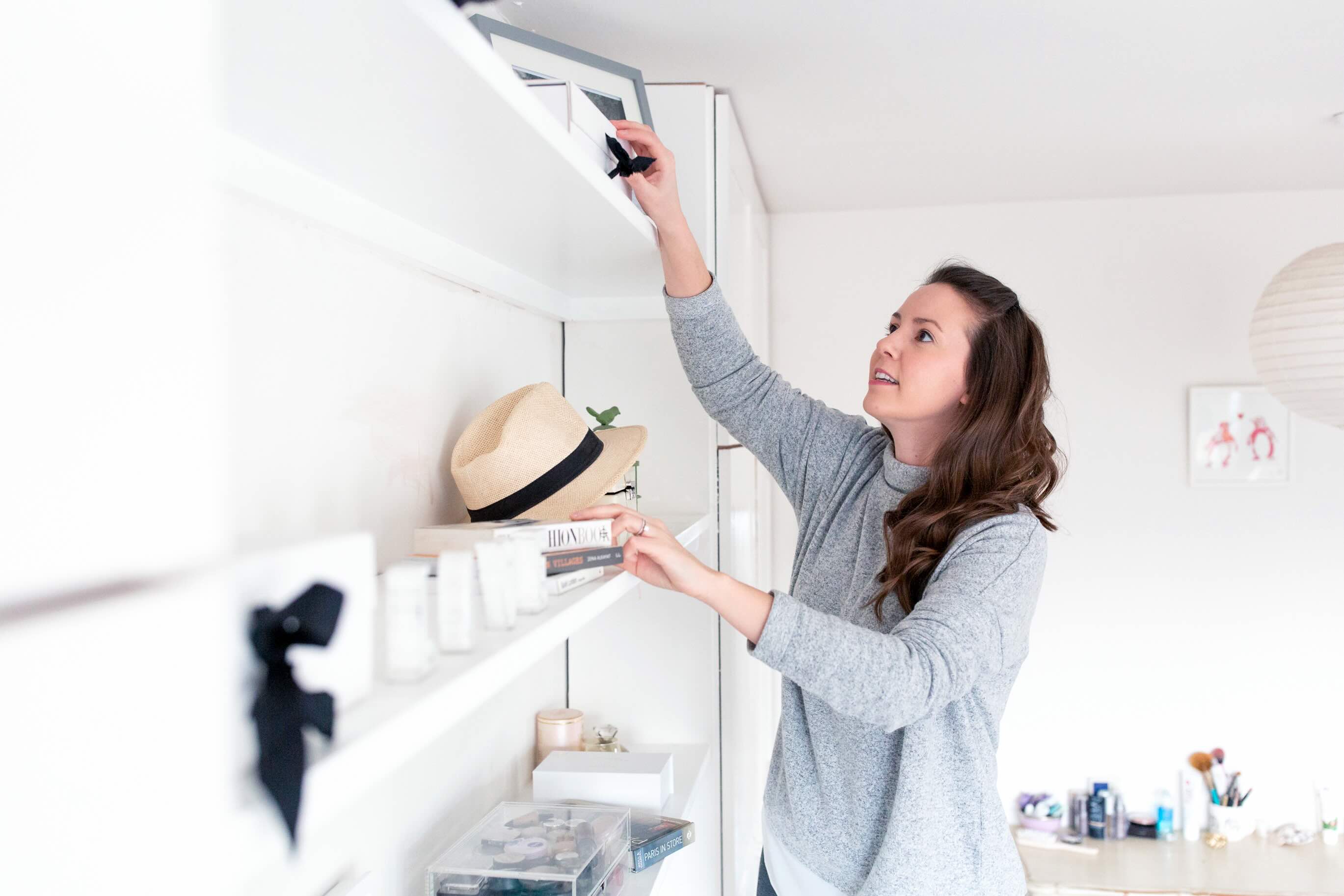

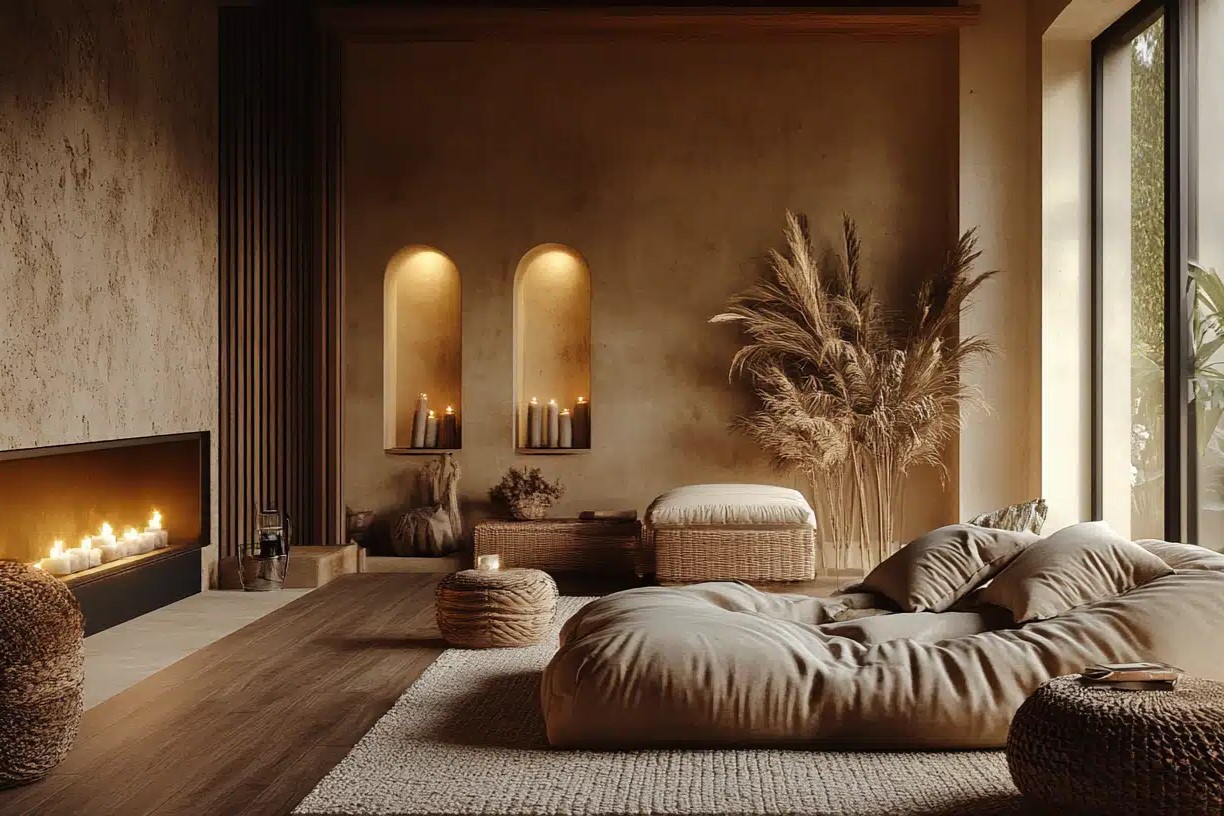

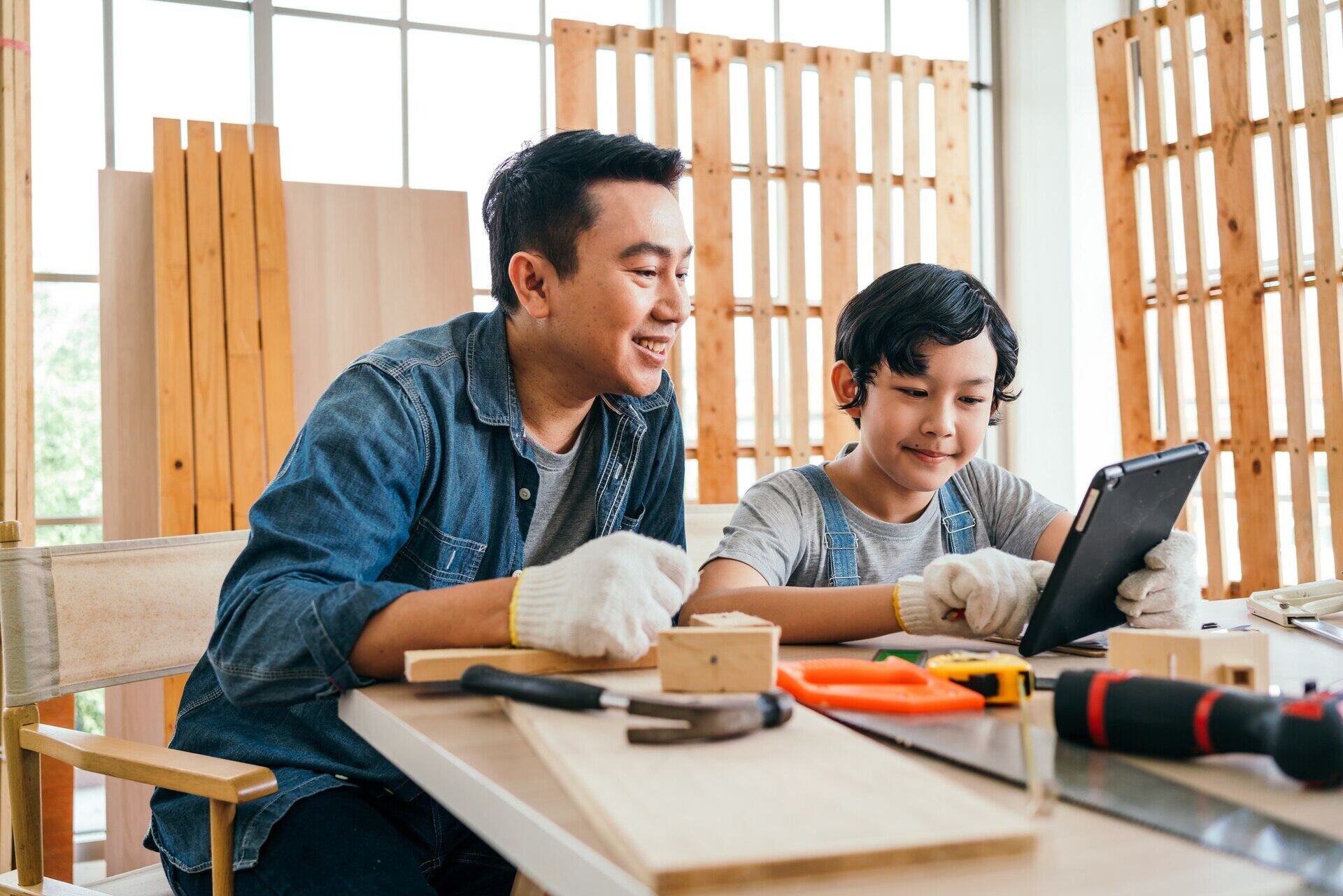
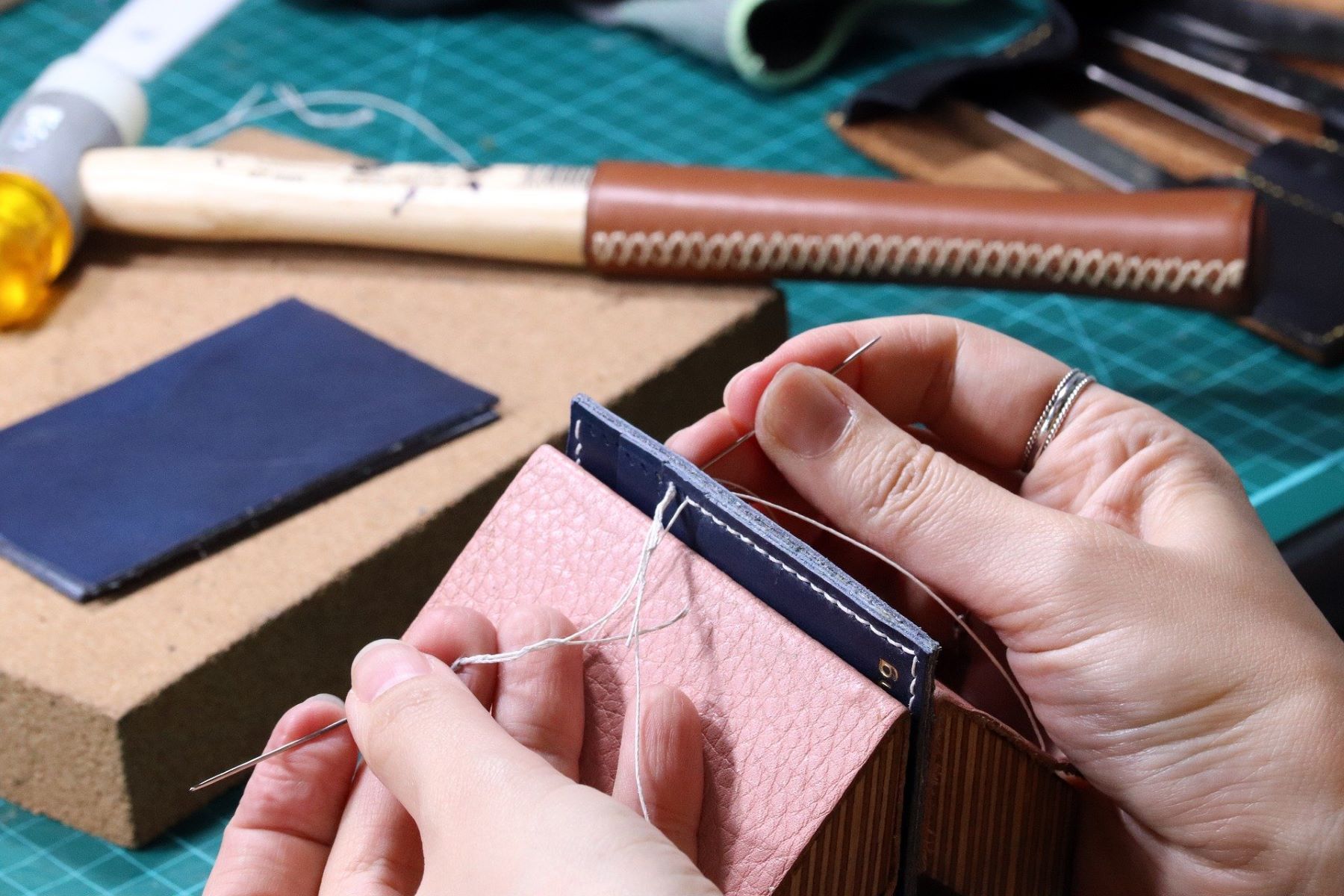
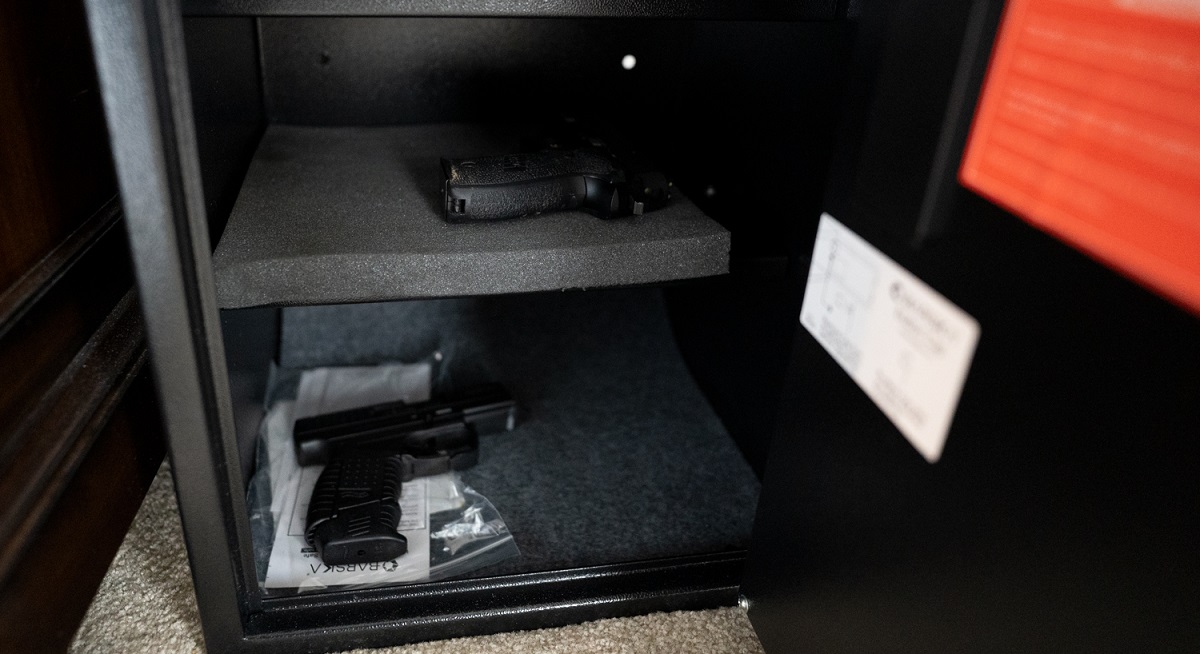
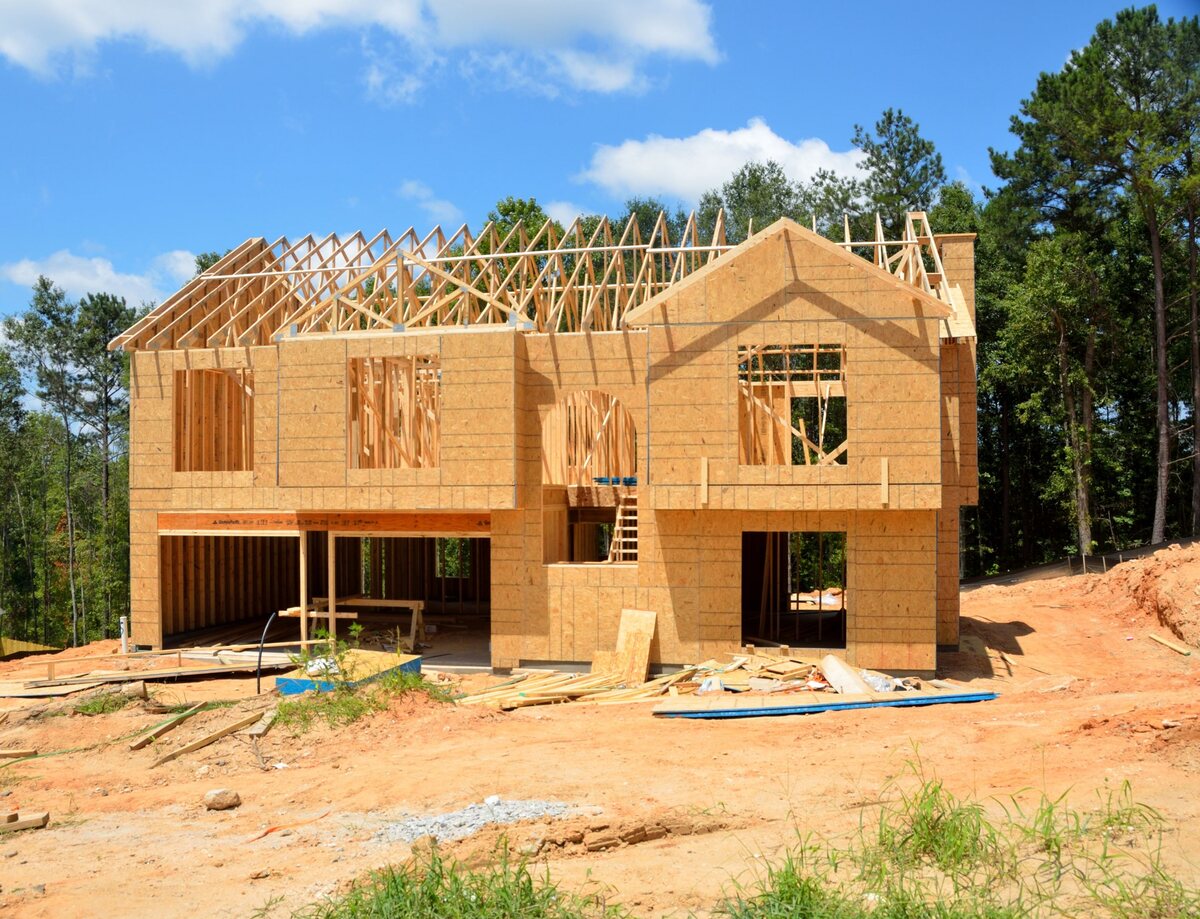


0 thoughts on “Where To Start To Declutter Your Home”